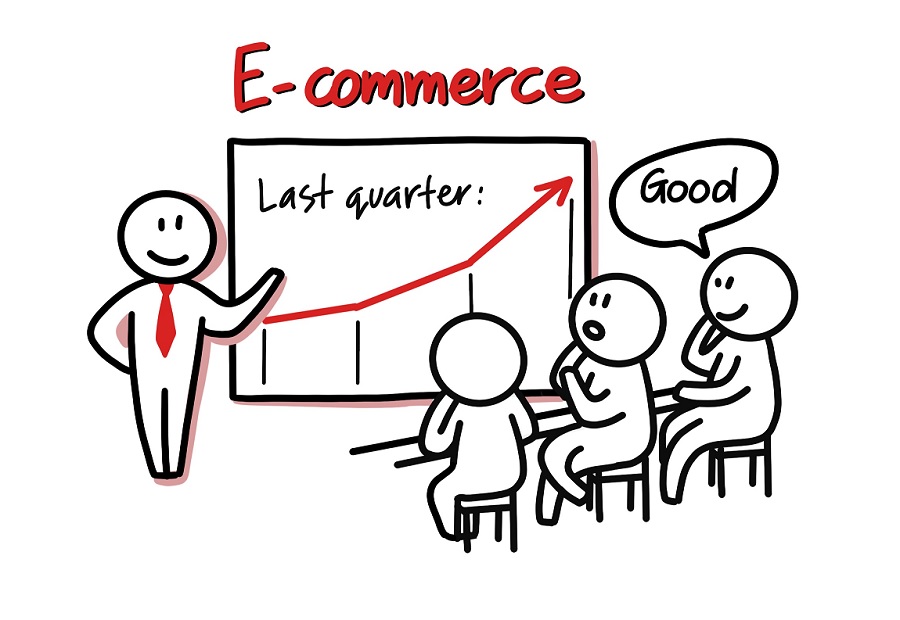Last updated on March 21st, 2020 at 03:00 pm
Learn how to implement revenue-based SEO
I know it may be hard to believe you can implement revenue-based SEO for your site. So I’m going to show you how easy it is. Let’s go over it together right now.
Here’s exactly what I do…
First, I setup Google Analytics Ecommerce and begin tracking key performance indicators.
I like to track these on a monthly, quarterly and annual basis. Just the fact that you watch these regularly will guide you in taking action that will improve revenue.
- Order conversion rate
- Average order value: do you get higher order values from first time visitors or repeat visitors to your site?
- Average revenue per visit speaks to traffic quality and traffic quality from each source down to specific keywords.
- Average cost per order – if you know how much it costs to run your business on a monthly basis, then you can average that out over your orders for the month, then you have an average cost per order. If you are making a profit you can average that to a per order basis which leads you to a cost per click number to remain profitable.
- Add-to-cart rate tells you what percentage of your traffic are buyers
- Checkout completion rate tells you how many buyers actually bought
I track these and other KPIs in a spreadsheet each month, like this.
Next, I prioritize landing pages with the most impact on revenue, so I go to
Google Analytics > Acquisition > All Traffic > Channels > Organic Search > Landing Pages > eCommerce > Revenue
These are your top landing pages bringing in revenue.
Now I want to know the keywords that are bringing in revenue, so I go to
Google Search Console > Search Analytics > Pages
Find the landing page you want to evaluate and click it, then click Queries.
The keywords with clicks are bringing in traffic.
I like to download the entire list including Clicks, Impressions, CTR and Position and sort through those that are bringing in revenue vs. those that are not.
I also look at keywords for this landing page that are ranked in positions 6-10, positions 11-20, and keywords that buyers are using but the page is not ranked well for.
After selecting the primary keyword for the page, I ask myself, “How can I better align with the intent of the people who are searching with this keyword?” If the content does not align well with the searcher, I’ll either adjust the content on the page so it does align or create a new page.
Are the people using this keyword in purchase or research mode?
Depending on that answer I will then prepare title and descriptions that grab their attention and sell the click with action and identifier words in addition to the keyword.
I also want to use various strategies on the landing page to get buyers engaged and in a frame of mind to make a purchase.
I don’t have time to go into all of this here, but that’s a quick outline of what I do to get ecommerce stores up and running with revenue-based SEO.
Powerenz makes and sells portable solar power products easily accessible to field researchers and organizations. As a startup business, Powerenz was spending a lot with Adwords. When they came to us they wanted to decrease their budget and dependence on Adwords by getting higher rank in organic search results to sell their portable solar power units.
In the 3rd month of service, organic search traffic overtook paid search traffic for the site.
The owner sent me an email: “Most of my phone calls are from really good contacts… perfect, I should say. In fact, all of the calls this week came from really good potential buyers. Yesterday, I received a call from a female scientist who is going to South America to study bats (yes, bats)… ”
After 9 months, the owner ceased all pay-per-click advertising.
I’m not sure but I think they had a company party on the day they sent their last payment to Adwords!
Powerenz is one of many ecommerce clients with these kind of results.
In the next video, I’m going to show you how to quickly estimate where your ecommerce store is at financially and where it can be realistically in 90 days.

3 replies to "How I Get Revenue-based SEO Up and Running"
Howdy,
An amazing article on your Website.
This is really a considerable post – Clear enough and easy to follow on the topics of.. Great Presentation.
Thank you for sharing with us a quick outline on how to get ecommerce stores up and running with revenue-based SEO. This will serve as our guide in implementin revenue-based SEO for our site. Keep posting.
Hi Olivia, glad this is useful. I also offer Revenue-based SEO Secrets, in-depth training on DVD right now, membership site coming.